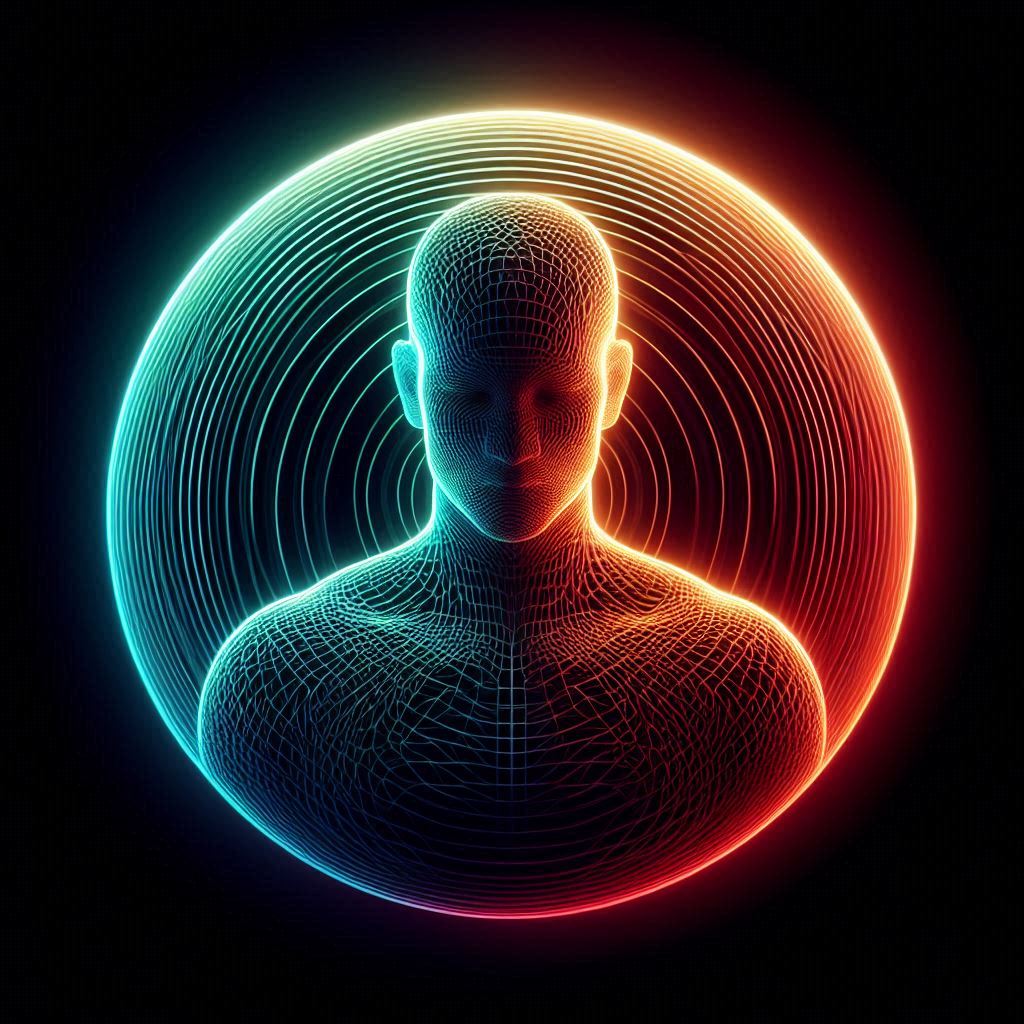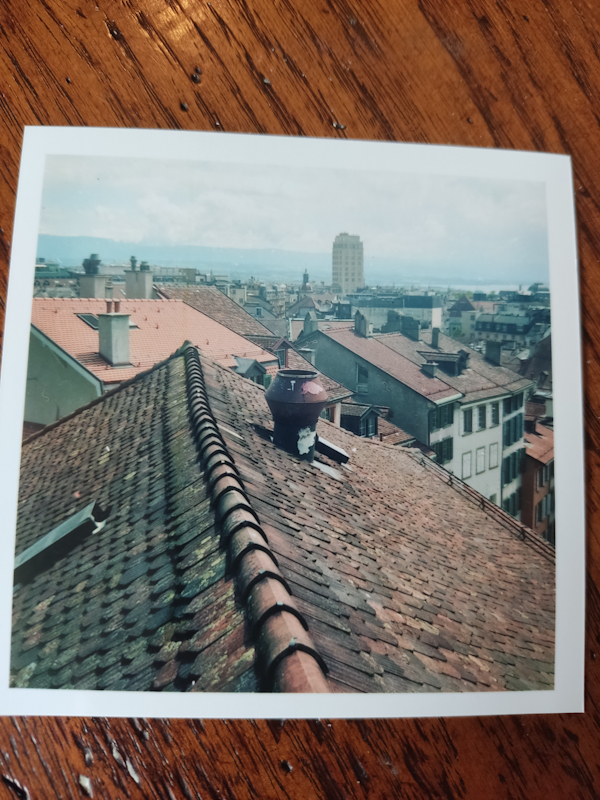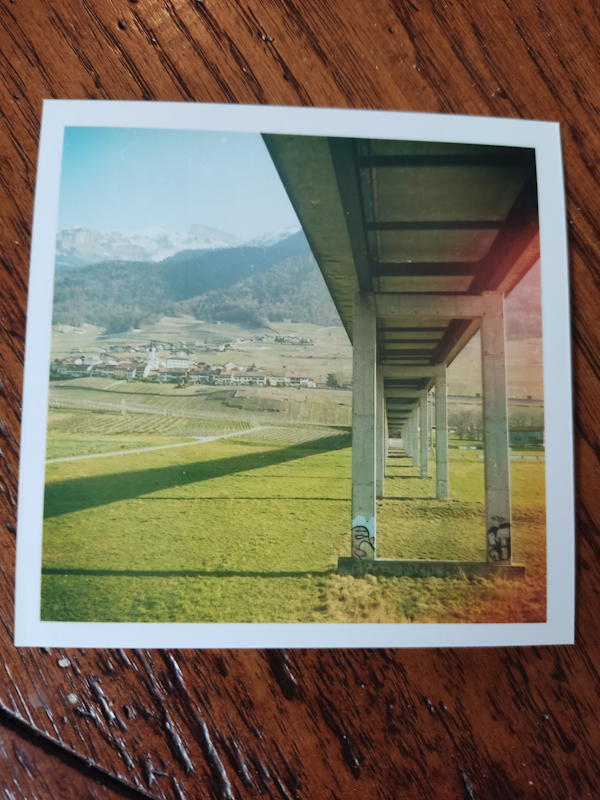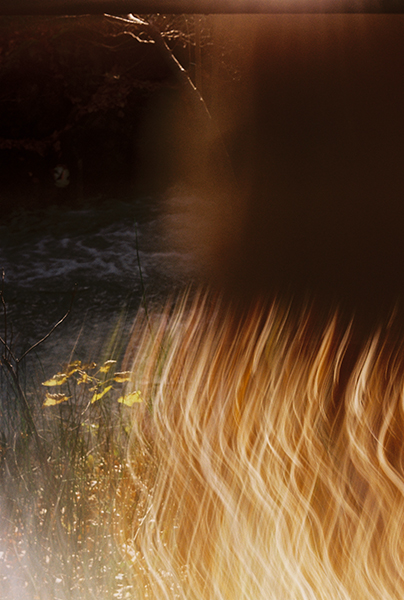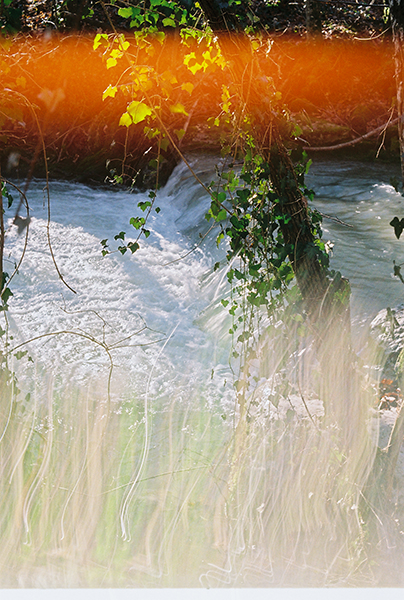Are we fast approaching a technological crossroads with AI and the internet?
The internet has given us much already, and AI has the potential to completely restructure society, perhaps for the better. But where does this pathway ultimately end? Do we reach utopia, completely free to explore our every desire and whim? Would that even be a utopia?
A darker perspective is that the technological path is actually leading us towards symbiosis with the machine, as opposed to the natural world. It’s possible that the natural conclusion of this pathway will be the replacement of the natural, physical world, where we must labour, to an entirely virtual world, with its promises of limitless possibilities and labour-free utopia.
However, digitization seems to always be an approximation of reality. Certainly now, and maybe forever. We are still finding smaller and smaller particles of matter. Will this end, or will it continue infinitely? It seems that if “smallest” has a limit, then matter could in fact be a simulation, with replication of the world and universe possible…perhaps. But I don’t think that this is the case.
I believe that God, and only God, has given us matter. If we can find the smallest possible particle, then can we not also be God to an extent? Even if this were possible, we would also need to solve consciousness, which we are very far from doing, and if each soul is unique, does this not also point to a form of infinity of what makes mind?
Why, though, is this important? Well, as mentioned, we appear to be fast approaching a crossroads of sorts. Machines are becoming so advanced that they are outcompeting us at a number of work related tasks. In accepting this, we are giving our minds over to the machine. As I mentioned previously, there are surely some tasks which should remain human, the tasks which elevate our minds and souls, taking us closer to God whilst also developing ourselves. And guess what? These tasks require work. We shouldn’t be against work, as it is essential in the job of creation. As evidenced from God, who rested on the 7th day.
The crossroads, I feel, will not just involve us contributing to machine intelligence, but will actually ask us to become machines. Become approximations of life, and experiences. At least partially. They will ask us to store our memories on brain hard drives. AI is already reading thoughts and visualising them. But a memory, as well as usually having sight, can also have sound, smell, touch, taste, and perhaps most importantly, a generalized feeling which accompanies the memory. Again, can we actually digitize any of this, or will it be just an approximation? Feeling is tied closely to consciousness, that is the act of experiencing. How can experience…life…be digitised? More than likely it cannot. So we should be wary before running to the front of the line to get our brains chipped.
Then there is also the digital equivalent of the natural virus. Do we really wish to expose ourselves to this? Could an artificial virus interact with the conscious, with memories? Already, our minds are making decisions based on the at least partial make-believe of the internet with its disinformation and AI generated content. Do we need to open up another avenue where our decisions and behaviours are artificially warped? Some will tell you, it’s okay, memories themselves are approximations. Viruses can alter your DNA in the real world. People can spread lies. It’s going to be a difficult choice for people. On the surface, it seems that it is similar to artificial medicines, which we all take to improve longevity. But the implications of being able to manipulate the conscious directly through machines, rather than the current model of abstract, promoted ideas, is rather more terrifying.
This machine fusion path we appear to be following seems to be rooted in conglomeration and complete centralization. To some, it must seem inevitable. Is there a parallel in the Biblical passage of the Towel of Babel? What can it teach us about today? Certainly, Globalisation seems to be getting pushed at the moment which is allowing massive world conglomerates to form. The internet, or the virtual world seems to mirroring this, forming the centralized conglomerates (Meta, Google, etc). This technological pathway being followed seems to be creating what could be described as a Virtual Babel of sorts, in Artificial Intelligence. Relying on the whole human virtual world of the internet for it’s data, it has become for some the single hope of reaching the heavens, of achieving transcendence, an immortality of sorts. But it is in its entirety only a work of human hands, and any creation that comes of it will reflect our flaws. Over-reliance on it, or the promotion of it as the guide for humanity, replacing God, is surely doomed to failure. Another consideration is that the human desire for immortality is being hijacked with a kind of sophisticated selling, pushing many into support of the tech path being followed. Without the promise of immortality, would the populace agree to this path, or would they revolt?
The other issue with virtual conglomerates is that all the people flock there, but only a select few are allowed to broadcast effectively. The vast majority of people are left without a voice, and are left without power to effectuate change. The conglomerates can then use this position of power to promote who gets to broadcast, and thus, the message that gets broadcast, and they can solidify this power by buying out competition.
Is this the only and best model? When we analyse what is happening in the virtual conglomerates, we see that there is an embarrassment of riches. The consumer can, or at least used to be able, to peruse everything if they wanted to. But what happens here is we become bored, a saturation point has been reached. This then has the effect of diminishing everything. Art, by way of example, ceases to be valued. A secondary effect is that shallow sensationalism creeps in. A concentration on appealing to base instincts or desires. The brain in fact becomes rewired for this. The morally negative is also explored, since it now has uniqueness and appeal to the consumer. In fact, base instincts and shallow desires require no work or mastery, and so it is often the morally negative that is a default path for the weak human mind to take (think pornography). It is up to the controllers and distributors to ensure that we are not consuming this information.
What then is the problem with all of this? Why not give into base desires? Why not delve into the morally negative? The primary problem is that it leads away from God. As “God is love”, we can surmise that the path away from Him is the opposite: anti-love. If God is also “life”, then we can surmise that the path away from God is anti-life. To put it another way, the pursuit of shallow desires and the morally negative is ultimately self-serving, and ends with The Singular. There is room for no other. We need to rise up and become more than just selfish animals.
The governing structures, then, need to facilitate this. They need to respect the dignity of the human, not mass control through rewiring of neural pathways. People need to have the means to reach their potential.
Can the virtual space achieve this? The Fediverse aims to federalise the internet, breaking it down into smaller areas. This essentially means more competition amongst the broadcast areas, and less saturation of information. This is surely a good thing, but is it enough? Ultimately, the ease of obfuscation on the internet , both of individuals, and of organisations manipulating the information, leads to a lack of accountability, and a rise of manipulation. An idea should have to compete with the local, physical environment to be embedded, and the ultimate danger with the internet is it is becoming our local environment. And this is a really poor substitute for physical, local, gatherings, where the dignity of the other can be felt on a far more pronounced level. How can we really formulate decisions on how to take ourselves or humanity forward when we migrate to a virtual existence, which is just an approximation of physical existence?
What then, does this mean for the internet at large? If I were to guess, I would bet that we will increasingly try to model the internet on real life, in a futile attempt to replicate what can’t be replicated. But God has given us the internet for a reason. We just need to find out what that reason is. Whilst a false god, and machine “life”, are out of reach for AI, perhaps it may help the human minds that will attempt to solve climate change by aggregating the internet’s data.
To finish then, we are fast approaching a crossroads with technology, particularly the rise of the internet with AI. The promise of an entirely virtual, work-free utopia through fusion with the machine is not something we should be striving for, nor should we be attempting to replace God. We need to be careful of our next steps, recognising that work is not something that hampers us, but instead elevates both ourselves and our community when directed in the correct way.
